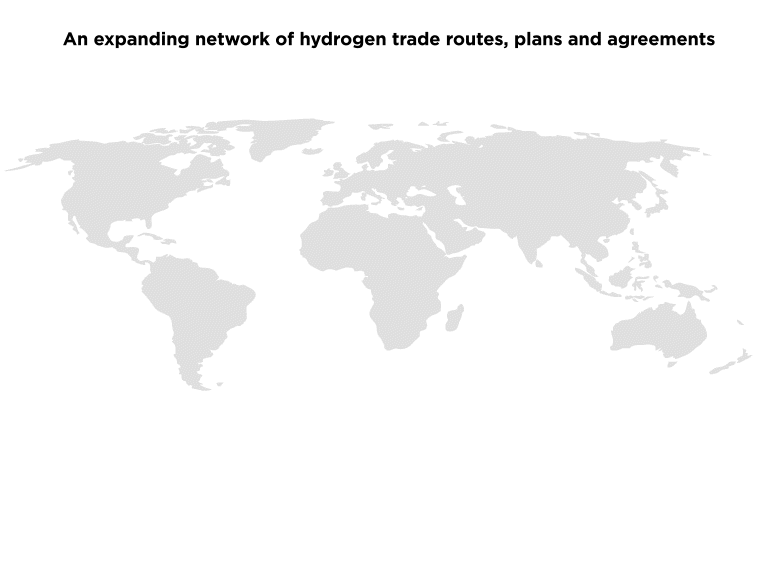Hydrogen may strengthen energy independence, security and resilience, but most benefits come from the green variety
Green hydrogen may strengthen energy independence, security, and resilience by reducing import dependency, diversifying supply options, mitigating price volatility and boosting flexibility of the energy system.
Helping developing countries grow hydrogen industries early on could improve energy security for all, while preventing the global decarbonisation divide from widening.
As a manufactured product rather than a raw material or energy source, hydrogen can be produced from many primary energy sources and in a wide variety of places worldwide. Therefore hydrogen trade is unlikely to become weaponised or cartelized like oil and gas.
International co-operation will be essential to effectively navigate the unknowns, mitigate risks and overcome obstacles in the years ahead.
